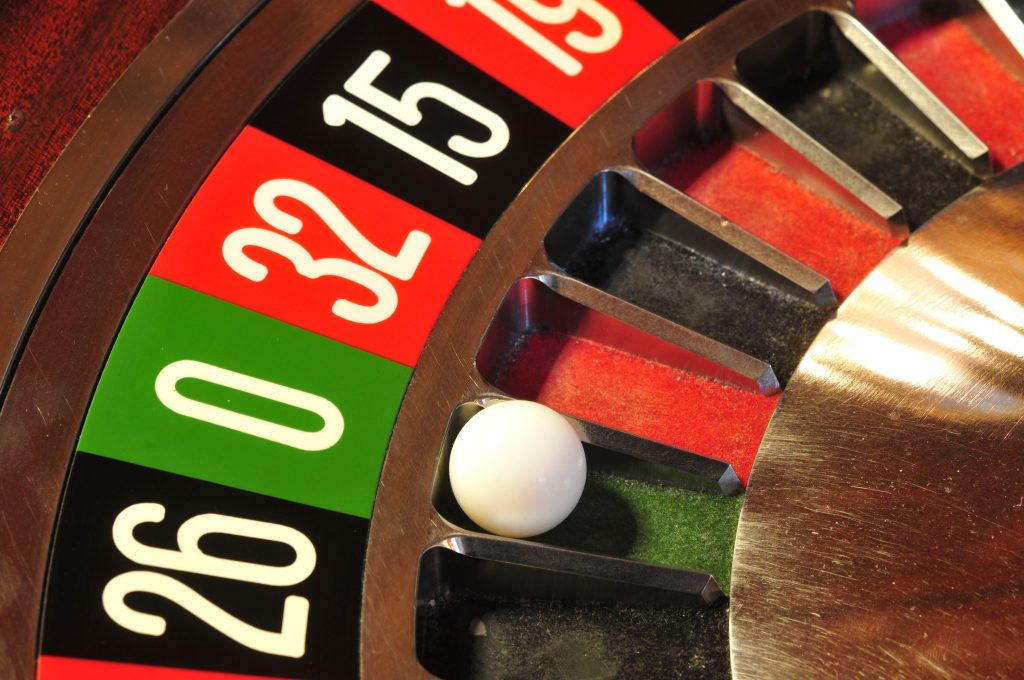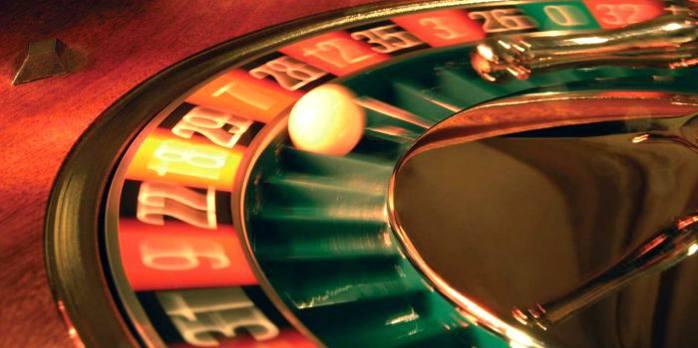Roulette is an exemplary gambling game that has been around for a very long time. It is generally regarded as one of the most exciting and addictive shots in the dark, with players betting on where they think the spinning wheel will land. While American roulette may be a more well-executed variation, French roulette uses its own new strategy in an attempt to amplify the fervor of the players and further reduce the house edge.
Here we cover everything you need to know about the rules of French roulette so you can experience this exciting twist on an already fun pastime.

Origins, basic rules and betting options of French roulette
French roulette has been popular in casinos since the mid-19th century, originating in France and eventually spreading to many other countries. It is based on the same rules as traditional European or American roulette, but with some additional features. The most notable difference between French roulette and other types of roulette is the addition of an extra green pocket on the wheel labeled “La Partage”.
In French roulette, players place bets on which number or color they think the ball will land on as the wheel spins. Players can place a variety of bets, including: inside and outside bets (red/black, odd/even, high/low), split bets (two numbers), street bets (three numbers) and corner bets (on four numbers). There are also special rates such as Voisins du Zero and Tiers du Cylindre.
The most important French roulette rule is the “La Partage” rule, which states that if the ball lands on 0, the player will only lose half of their bet. This rule greatly reduces the house edge and makes French roulette much more player-friendly than other types of roulette.
When playing French Roulette, it is important to remember that the odds are still in the casino’s favor, so don’t let the “La Partage” rule lure you into betting riskier than necessary. If you are new to the game, it is recommended to start with low stakes and take your time to learn the rules before increasing your bet size.
Thus, you can enjoy a fun and exciting game of roulette while minimizing your losses. With enough practice, you can even start winning money!
Different bets in French roulette and their payouts
French Roulette includes several types of bets that players can place. The most common bet is the straight bet, which pays out 35:1 if the winning number is matched. Other bets include split bets (payout 17:1), street bets (payout 11:1), corner bets (payout 8:1), line bets (payout 5:1), column bets (payout 2:1) and bets on tens. (payout 2:1).
All other bets have a 1:1 payout. The casino always has the upper hand when it comes to playing roulette, so players should bet responsibly and keep their expectations realistic. It is also important for bettors to remember that the more complex the bet, the lower the probability of getting it. Therefore, it is usually wiser to stick with simpler bets that have a higher probability but smaller payouts.

Common Mistakes to Avoid When Playing
One of the most important mistakes to avoid when playing French roulette is not having a bankroll. It’s easy to be tempted to win big and overspend, so set a budget ahead of time and stick to it. This will help you maximize your chances of getting ahead in the long run.
It is also important to manage your bets wisely. Avoid placing big bets all at once and spread your bets across different numbers, streets and other betting options. This will help you minimize your risk, while still giving you the chance to win big if the number comes up.
Another mistake to avoid is not being aware of the available bet types. French Roulette is unique in that it has several different betting options, including Orphelins, Voisins du Zero, and final bets. Knowing them and understanding how they work can give you an edge in the game.
Finally, don’t forget to take advantage of your casino’s rewards program. Most casinos offer loyalty bonuses for playing French roulette, so be sure to ask about them before you start. This can help you maximize your winnings and cut your losses in the long run.
